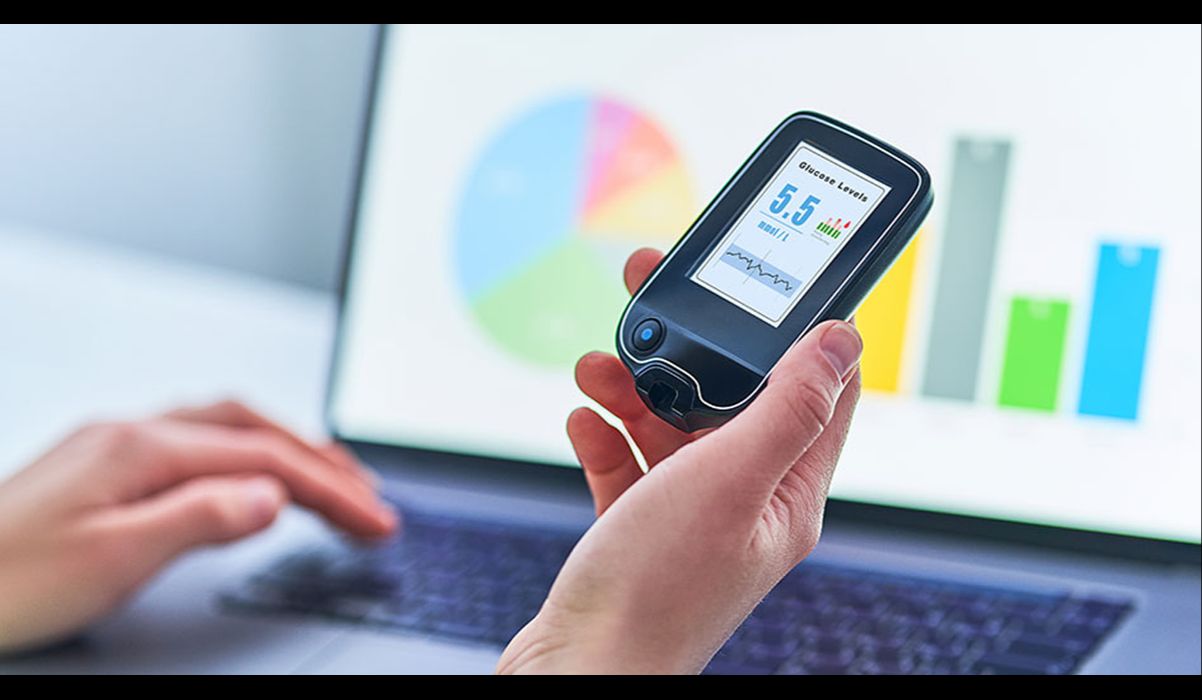
Remote patient monitoring systems are transforming healthcare by allowing doctors to keep an eye on patients without them needing to visit the clinic. These systems use technology to track vital signs like heart rate, blood pressure, and glucose levels. Patients can stay at home while their data gets sent to healthcare providers in real-time. This not only saves time but also reduces hospital visits. Doctors can catch potential issues early, improving patient outcomes. Remote monitoring is especially useful for managing chronic conditions. Want to know more? Here are 26 facts about remote patient monitoring systems that will blow your mind!
What is Remote Patient Monitoring (RPM)?
Remote Patient Monitoring (RPM) uses technology to monitor patients outside traditional healthcare settings. This system helps manage chronic diseases, improve patient outcomes, and reduce healthcare costs. Here are some fascinating facts about RPM.
-
RPM Technology: RPM uses devices like blood pressure monitors, glucose meters, and heart rate monitors to collect patient data.
-
Data Transmission: Collected data is transmitted to healthcare providers in real-time, allowing for timely interventions.
-
Chronic Disease Management: RPM is particularly effective for managing chronic diseases such as diabetes, hypertension, and heart disease.
-
Patient Engagement: Patients using RPM are more engaged in their healthcare, leading to better adherence to treatment plans.
Benefits of Remote Patient Monitoring
RPM offers numerous benefits for both patients and healthcare providers. These advantages make it an increasingly popular choice in modern healthcare.
-
Reduced Hospital Readmissions: RPM can significantly reduce hospital readmissions by catching potential issues early.
-
Cost Savings: By preventing complications and hospitalizations, RPM can save healthcare systems a lot of money.
-
Improved Patient Outcomes: Continuous monitoring leads to better management of health conditions, improving overall patient outcomes.
-
Convenience: Patients can receive care from the comfort of their homes, reducing the need for frequent doctor visits.
How RPM Works
Understanding the mechanics of RPM can help appreciate its effectiveness. Here's a look at how RPM systems function.
-
Device Integration: RPM systems integrate with various medical devices to collect health data.
-
Data Analytics: Advanced analytics are used to interpret the data and identify potential health issues.
-
Alerts and Notifications: Healthcare providers receive alerts if any abnormal readings are detected.
-
Patient Feedback: Patients receive feedback and instructions based on their data, helping them manage their conditions better.
Challenges in Implementing RPM
Despite its benefits, RPM faces several challenges that need addressing for widespread adoption.
-
Data Privacy: Ensuring patient data privacy and security is a major concern.
-
Technology Adoption: Some patients, especially the elderly, may struggle with using RPM technology.
-
Cost of Devices: The initial cost of RPM devices can be high, posing a barrier for some healthcare providers.
-
Reimbursement Issues: Not all insurance companies cover RPM services, making it less accessible for some patients.
Future of Remote Patient Monitoring
The future of RPM looks promising with advancements in technology and increasing acceptance in the healthcare industry.
-
AI Integration: Artificial Intelligence (AI) will play a significant role in enhancing RPM systems by providing more accurate data analysis.
-
Wearable Technology: The rise of wearable technology will make RPM more accessible and user-friendly.
-
Telehealth Synergy: Combining RPM with telehealth services will provide comprehensive remote care solutions.
-
Global Adoption: RPM is expected to see increased adoption worldwide, improving healthcare access in remote and underserved areas.
Real-World Applications of RPM
RPM is already making a difference in various healthcare settings. Here are some real-world applications.
-
Post-Surgery Monitoring: RPM helps monitor patients after surgery, ensuring a smooth recovery process.
-
Maternal Health: Pregnant women can use RPM to monitor their health and the health of their unborn babies.
-
Mental Health: RPM can be used to monitor mental health conditions, providing timely interventions when needed.
-
Elderly Care: RPM is particularly beneficial for elderly patients, allowing them to live independently while being closely monitored.
RPM and COVID-19
The COVID-19 pandemic has accelerated the adoption of RPM, highlighting its importance in modern healthcare.
-
Remote Monitoring: RPM allowed COVID-19 patients to be monitored at home, reducing the strain on healthcare facilities.
-
Quarantine Management: RPM helped manage patients in quarantine, ensuring they received the necessary care without spreading the virus.
The Future of Healthcare
Remote patient monitoring systems are changing healthcare. These tools let doctors keep an eye on patients without them needing to visit the hospital. This means fewer trips, less waiting, and more personalized care. Patients can stay at home and still get the attention they need.
Doctors can catch problems early, which can save lives. Plus, it helps manage chronic diseases better. With technology improving, these systems will only get smarter and more efficient.
Insurance companies are starting to see the benefits too. They’re beginning to cover more of these services, making them accessible to more people.
Remote patient monitoring is here to stay. It’s making healthcare more convenient, effective, and affordable. As we move forward, expect to see even more advancements in this exciting field.
Was this page helpful?
Our commitment to delivering trustworthy and engaging content is at the heart of what we do. Each fact on our site is contributed by real users like you, bringing a wealth of diverse insights and information. To ensure the highest standards of accuracy and reliability, our dedicated editors meticulously review each submission. This process guarantees that the facts we share are not only fascinating but also credible. Trust in our commitment to quality and authenticity as you explore and learn with us.
